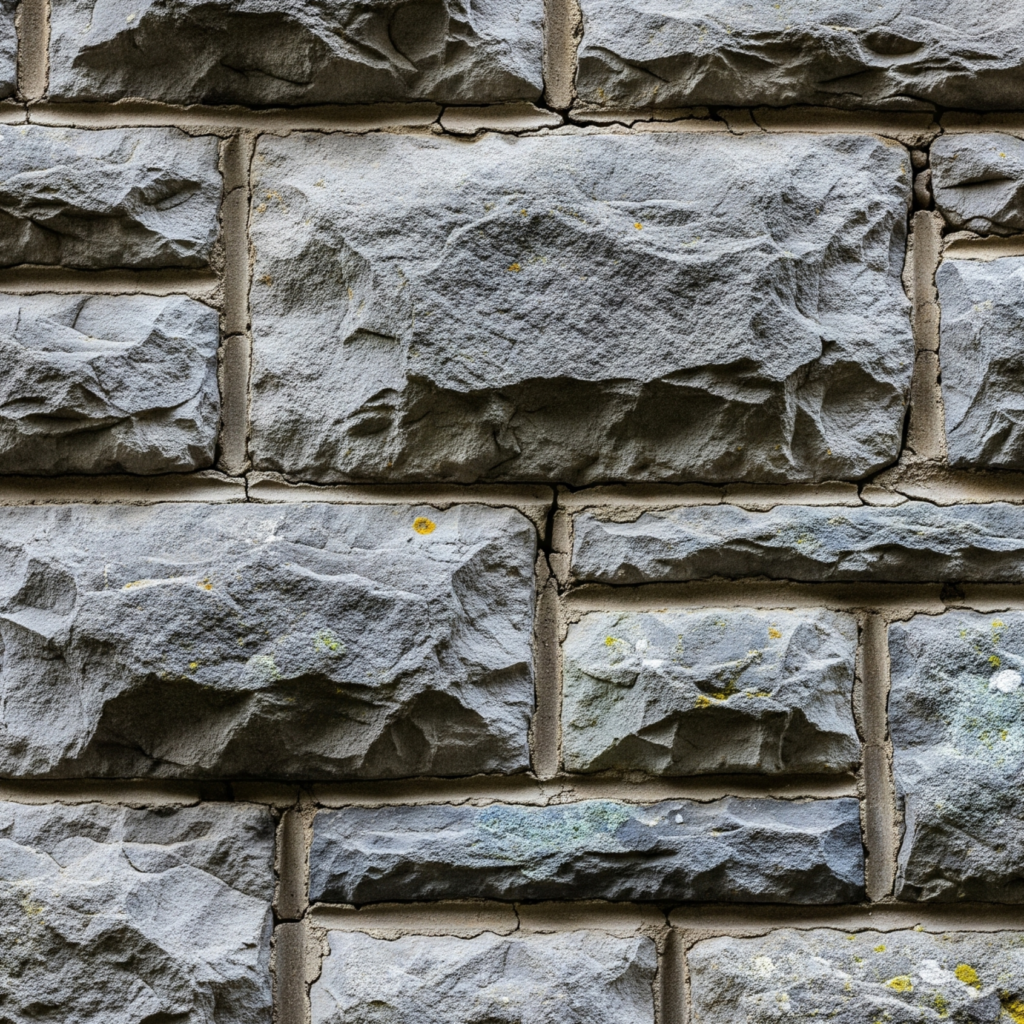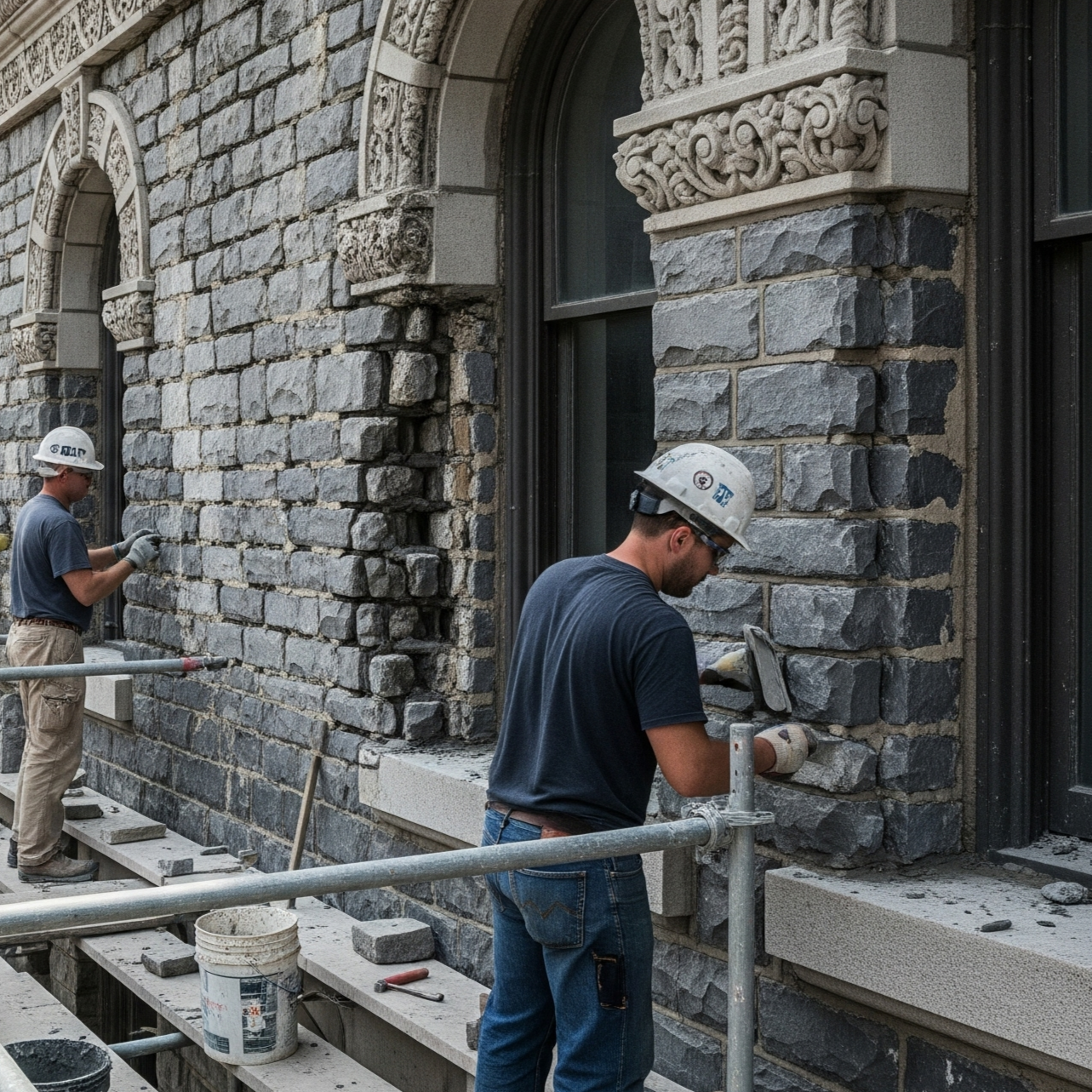Chicago is known for its bold architecture, rich history, and unique housing stock—and few structures represent this better than the iconic Chicago Greystone. Built between the late 1800s and early 1900s, these limestone-front homes line neighborhoods like North Lawndale, Logan Square, Bronzeville, and Humboldt Park. While these buildings are a treasured part of the city’s architectural identity, time and weather have taken their toll. Masonry restoration plays a crucial role in preserving Chicago’s historic Greystones for future generations.
What Are Chicago Greystones?
Greystones are multi-unit or single-family homes built primarily from Indiana limestone, giving them their signature gray façade. These buildings often feature Romanesque and classical revival details, intricate stonework, and solid brick construction behind their stone fronts. They’re not just homes—they’re history.

Why Greystones Need Masonry Restoration
Chicago’s harsh winters, moisture-heavy springs, and freeze-thaw cycles can severely impact old masonry. Over the decades, Greystones often suffer from:
- Cracked or spalling limestone
- Deteriorating mortar joints
- Brick shifting or bulging
- Water infiltration
- Erosion of decorative elements
Without proper care, this damage can compromise both the appearance and structural integrity of these historic buildings.
The Masonry Restoration Process
Masonry restoration goes beyond surface repairs. It focuses on repairing or rebuilding using historically appropriate materials and techniques. Key services include:
- Tuckpointing: Removing and replacing crumbling mortar to maintain structural integrity and prevent water damage.
- Limestone Repair: Restoring cracked or flaking stone using matching limestone or stone patching.
- Brick Replacement: Swapping out damaged bricks with materials that match the original look and strength.
- Cleaning and Sealing: Using low-pressure washing or specialized chemical cleaning to remove decades of grime while protecting the stone.
- Waterproofing: Applying breathable sealants to prevent future water intrusion without damaging historic materials.
These steps help ensure the building looks beautiful while remaining strong and weather-resistant.
Why This Matters for Chicago
Greystones are not just attractive—they’re cultural landmarks. Restoring them supports neighborhood pride, boosts property values, and preserves the architectural charm of entire blocks. With many Chicago neighborhoods undergoing revitalization, restoring these buildings helps maintain a link to the city’s history while allowing families and businesses to continue using these homes for generations.
Choosing the Right Masonry Expert
Restoring a Greystone isn’t just about skill—it’s about understanding history. Always choose a masonry contractor with experience working on historic Chicago buildings. They should be familiar with the correct mortar types, stonework techniques, and local preservation guidelines.
Preserving Chicago’s historic Greystones is a responsibility and a privilege. These limestone beauties tell the story of the city’s growth, its immigrant communities, and its architectural evolution. Through professional masonry restoration, we can keep their legacy alive—stone by stone, block by block.
